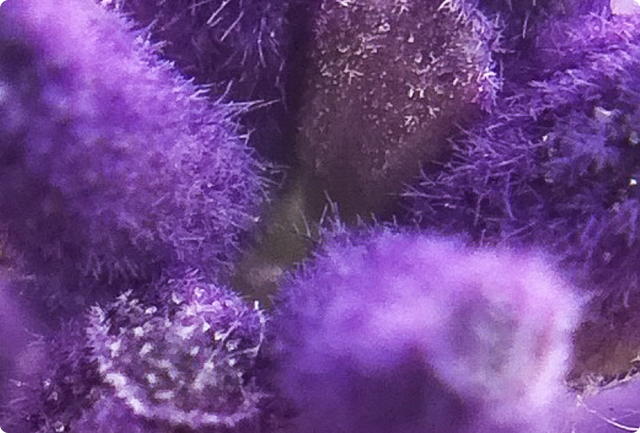About the Oil
Ginger Root essential oil is steam-distilled from the rhizome of Zingiber officinale, a flowering plant in the same family as turmeric and cardamom. Warm, spicy, and invigorating, this oil has been revered across cultures for its ability to energize the body, soothe the gut, and stimulate circulation. Its most active natural constituents—gingerols which convert to shogaols and zingerone —are what give ginger its unique combination of heat and healing.
Why You Would Use the Oil
Ginger is a bold, grounding essential oil ideal when you want to:
- Relieve digestive upset, bloating, or nausea
- Boosts natural peristalsis and warmth in the body
- Support a healthy inflammatory response
- Ease muscle aches or tension
- Promote immune resilience and fight microbial threats
- Sharpen focus and clear mental fatigue
Clinical Findings
| Study | Participants & Methods | Key Results | Reference |
|
Antimicrobial Potency |
MIC and disk diffusion tests on essential oil and oleoresin |
Ginger essential oil inhibited growth of multiple bacterial strains, showing stronger effects than oleoresin. |
Bellik, 2014 |
|
Anti-inflammatory Activity |
Review of in vitro and in vivo studies |
Active constituents like [6]-gingerol and [6]-shogaol modulate pro-inflammatory markers,supporting use for pain and inflammation. |
Mahboubi, 2019 |
|
Topical Healing & Antioxidant Support |
Literature synthesis on essential oil effects |
Ginger essential oil demonstrated antioxidant protection and wound-healing properties, making it useful in skincare and topical applications. |
Mahboubi, 2019 |
Behind The Science (Made Simple)
Ginger essential oil works like nature’s internal fire starter—it supports warmth, clarity, and immune readiness, starting at the cellular level.
- Calms and protects: Ginger’s key actives—6-gingerol and 6-shogaol—help neutralize damaging free radicals and calm inflammation in the body.
- Fires up immunity: It helps the body fight off bacteria, fungi, and viruses by damaging their protective membranes and disrupting biofilms.
- Soothes the gut: Ginger is a known carminative—relieving nausea, motion sickness, and digestive spasms.
- Activates circulation: The warming effect supports flow throughout the body, easing stiffness and promoting detox.
- Supports the brain: Ginger’s neuroprotective compounds help reduce oxidative stress and may even slow age-related cognitive decline.
How and Where It Grows
Ginger is a tropical plant that thrives in hot, humid climates with rich, loamy soil. It is cultivated widely across India, China, Indonesia, and Africa. The knobby underground root, or rhizome, is harvested after 8–10 months of growth and steam-distilled to yield the essential oil.
Use in Ancient Medicine
Ginger has been a cornerstone of Ayurvedic, Chinese, and Middle Eastern medicine for over 2,500 years. It was traditionally used to stimulate digestion, warm the body, treat colds, and detoxify the system. In Ayurvedic practice, it is considered a “universal medicine,” especially helpful for balancing Vata and Kapha doshas.
Symbolism
Ginger symbolizes vitality, protection, and movement. Its warming nature is seen as a force for transformation—stimulating energy flow, clearing mental fog, and encouraging resilience during fatigue, cold, or stagnation.
INFORMATION provided is intended for informational purposes only and is not meant to diagnose, treat, cure, or prevent any disease. Statements have not been evaluated by Health Canada or the FDA. Please consult a qualified healthcare provider before using essential oils for therapeutic purposes.
References
- Shaukat, M. N., Nazir, A., & Fallico, B. (2023). Ginger Bioactives: A Comprehensive Review of Health Benefits and Potential Food Applications. Antioxidants (Basel, Switzerland), 12(11), 2015. https://doi.org/10.3390/antiox12112015
- Bellik Y. (2014). Total antioxidant activity and antimicrobial potency of the essential oil and oleoresin of Zingiber officinale Roscoe. Asian Pacific Journal of Tropical Disease, 4(1), 40–44. https://doi.org/10.1016/S2222-1808(14)60311-X
- Mahboubi, M. Zingiber officinale Rosc. essential oil, a review on its composition and bioactivity. Clin Phytosci 5, 6 (2019). https://doi.org/10.1186/s40816-018-0097-4








